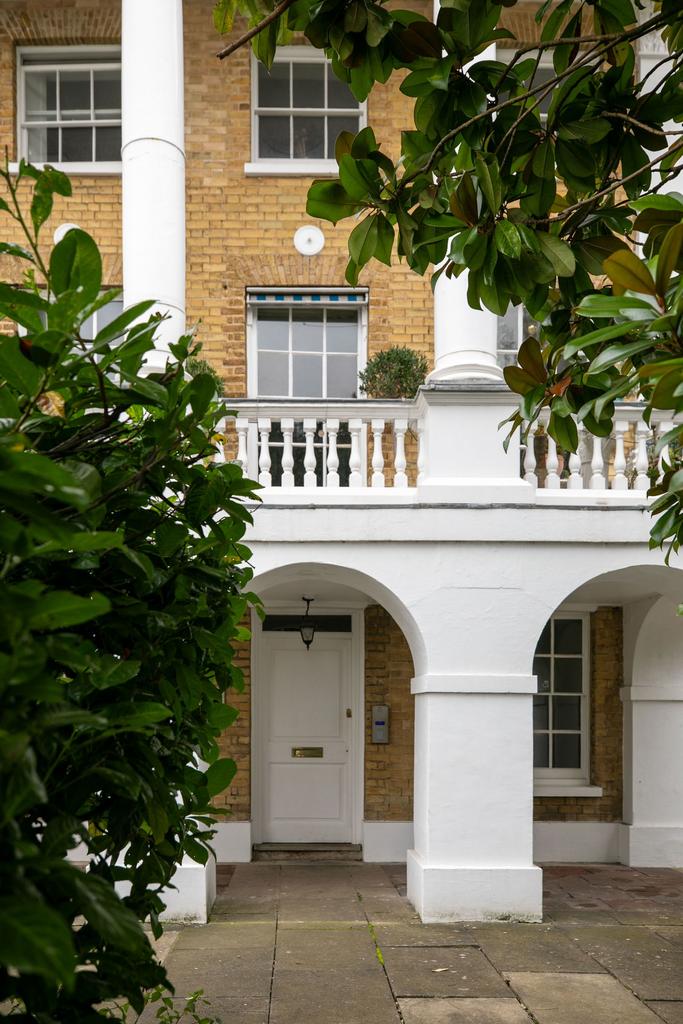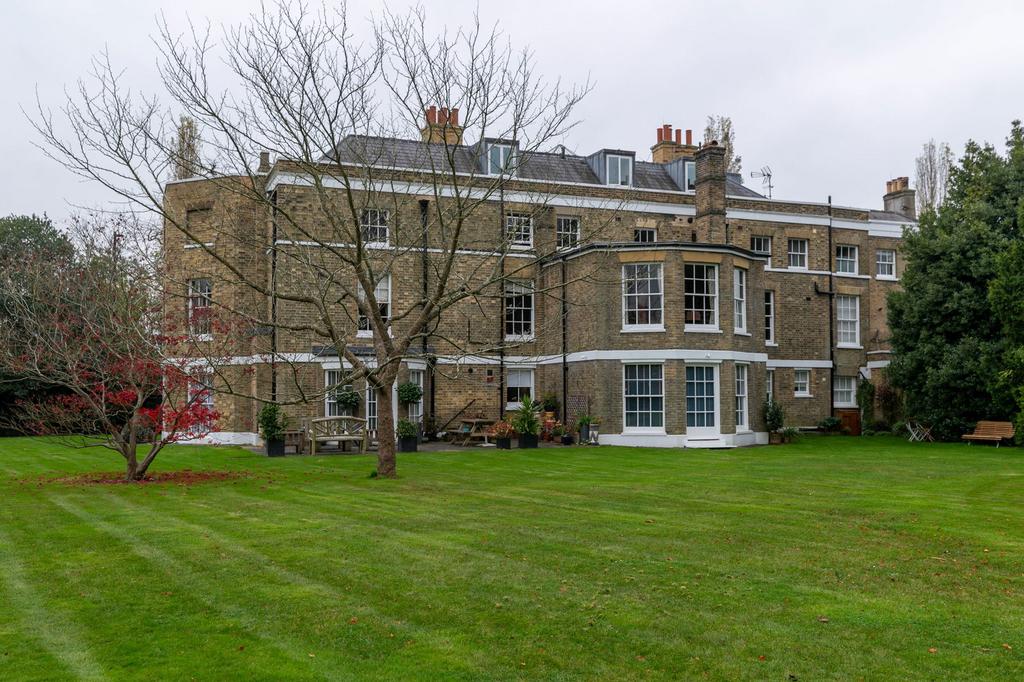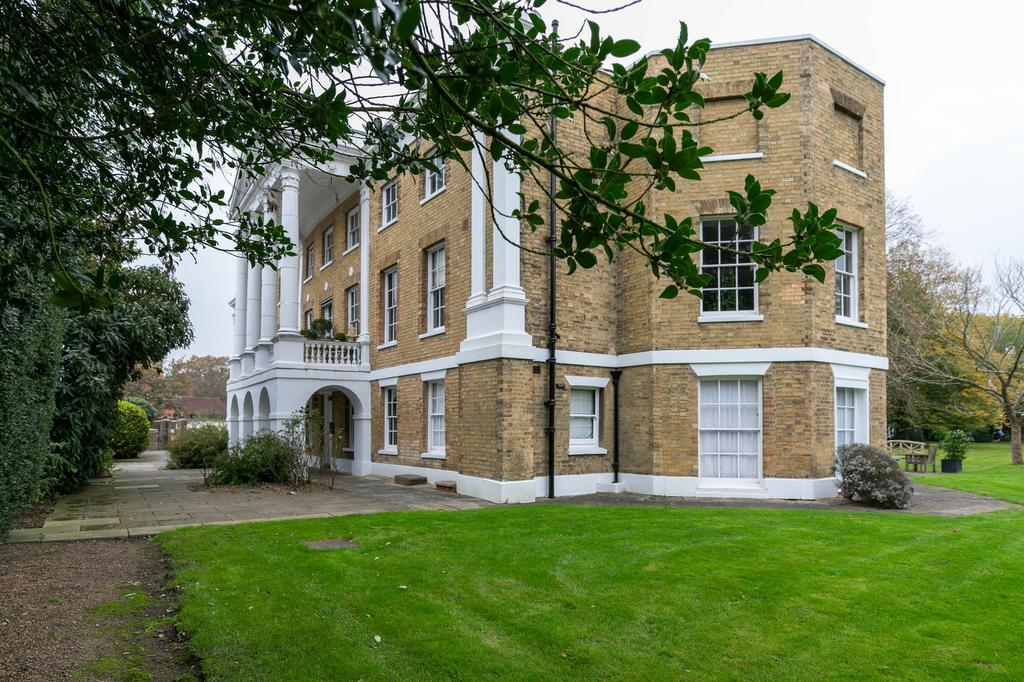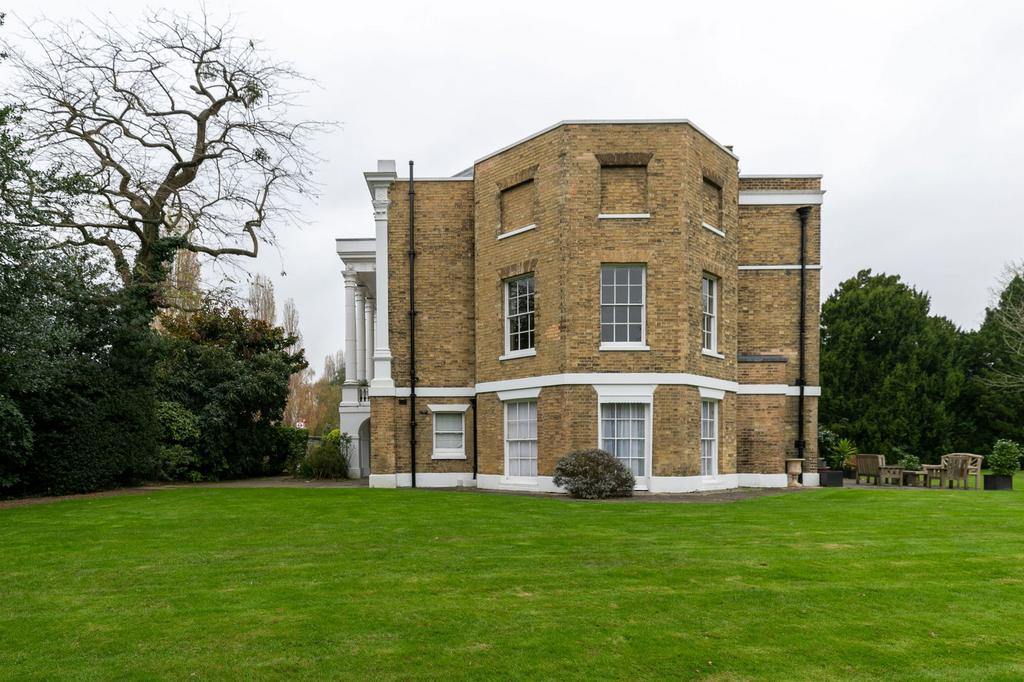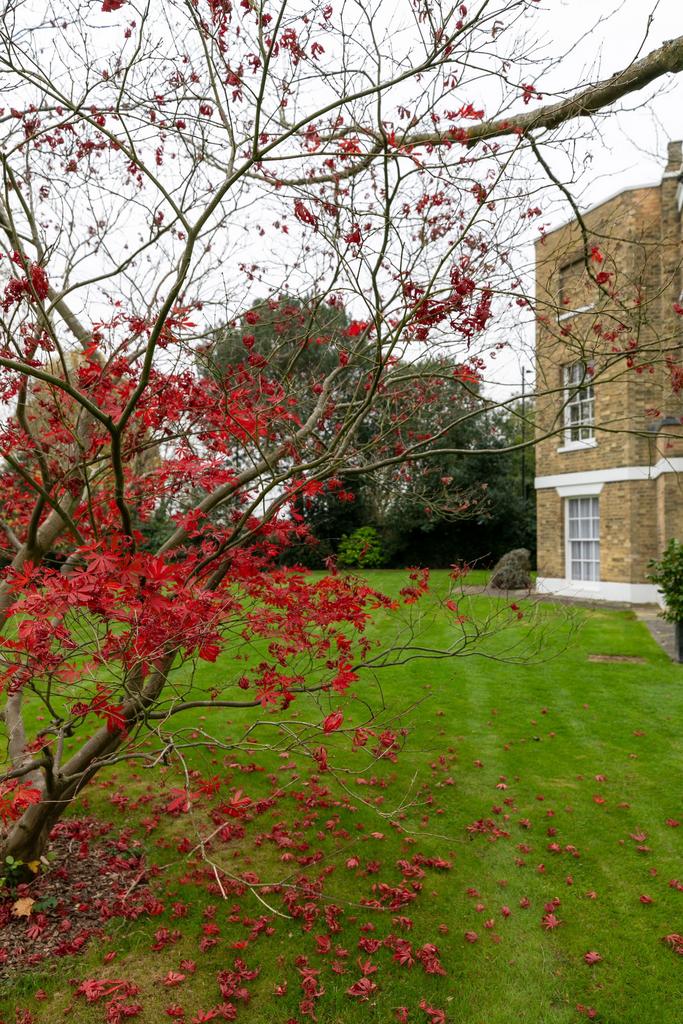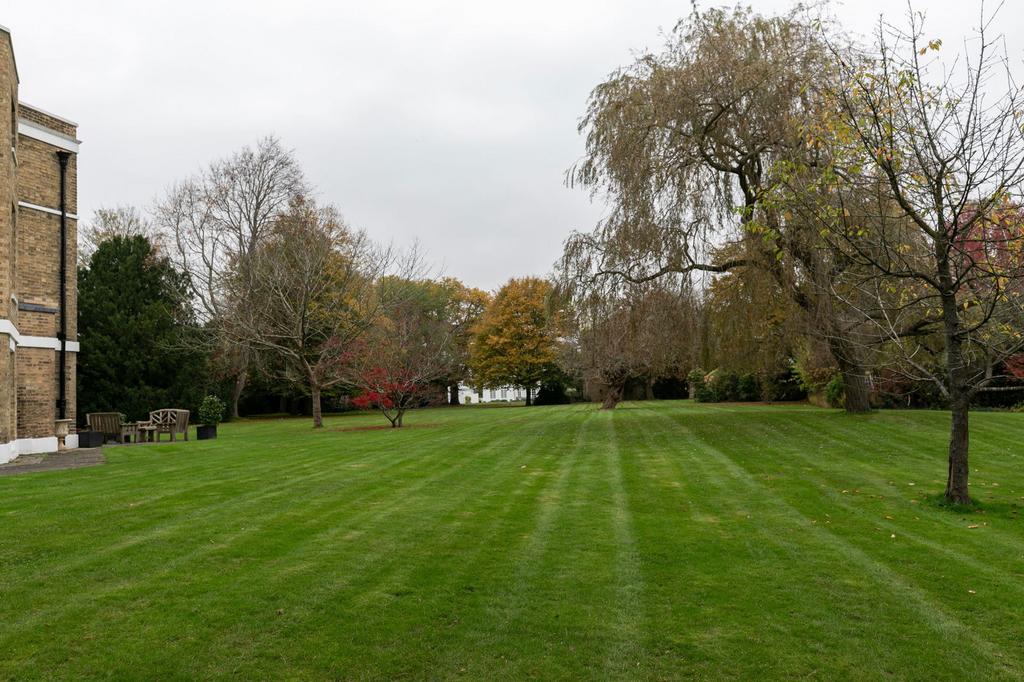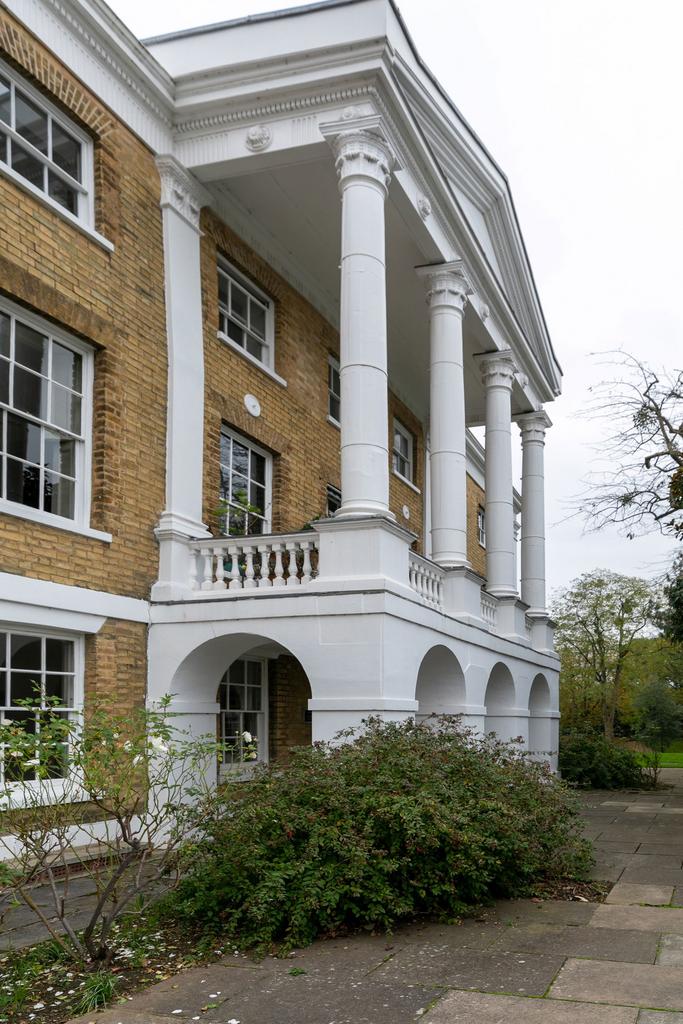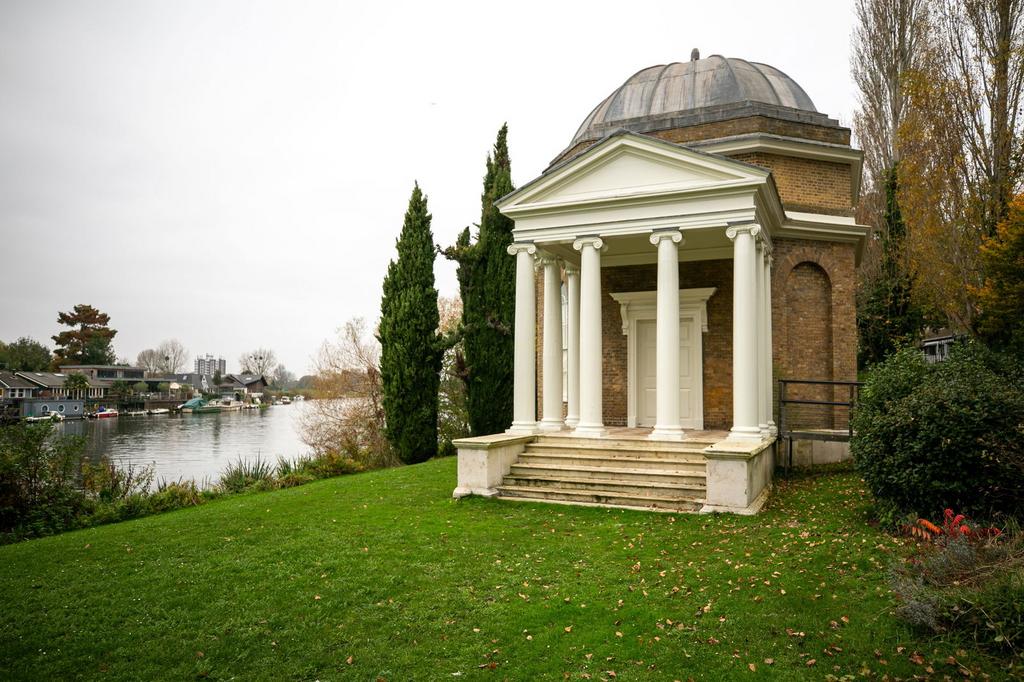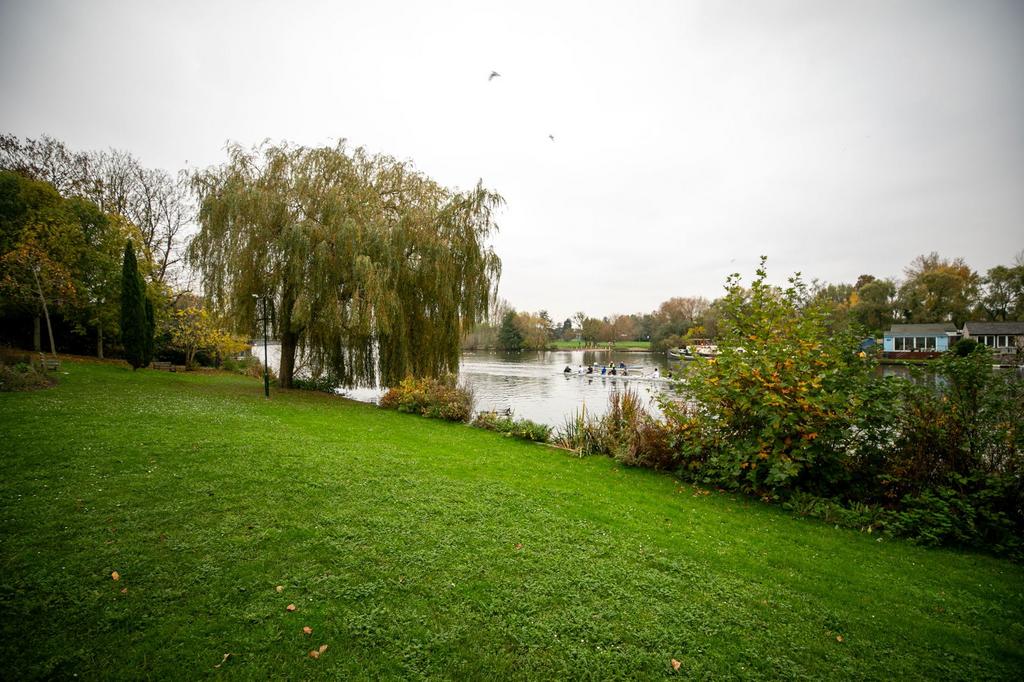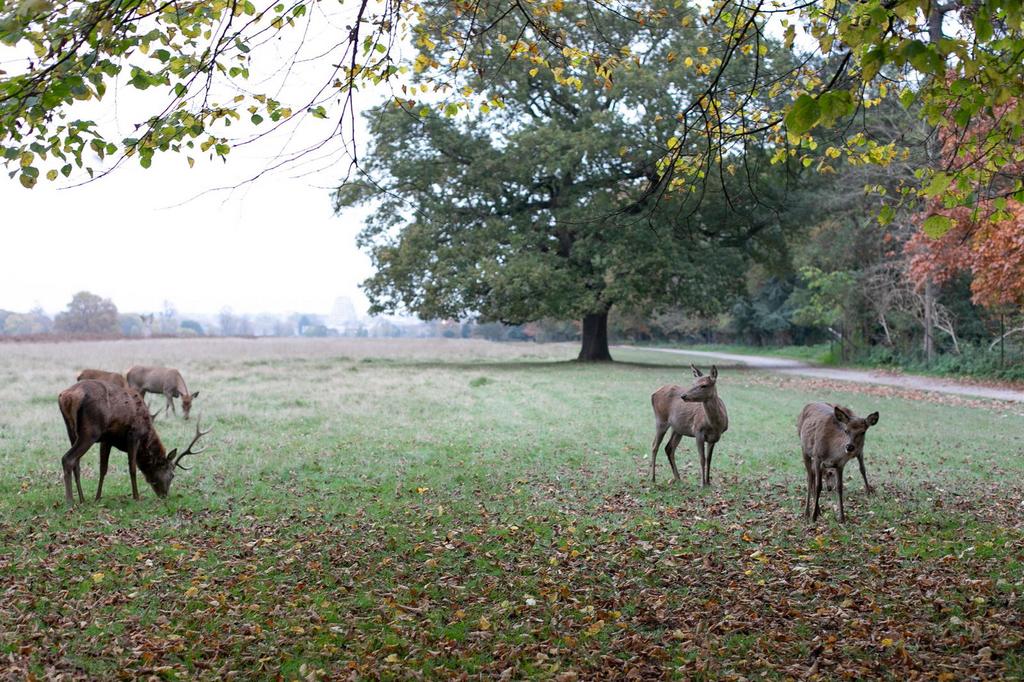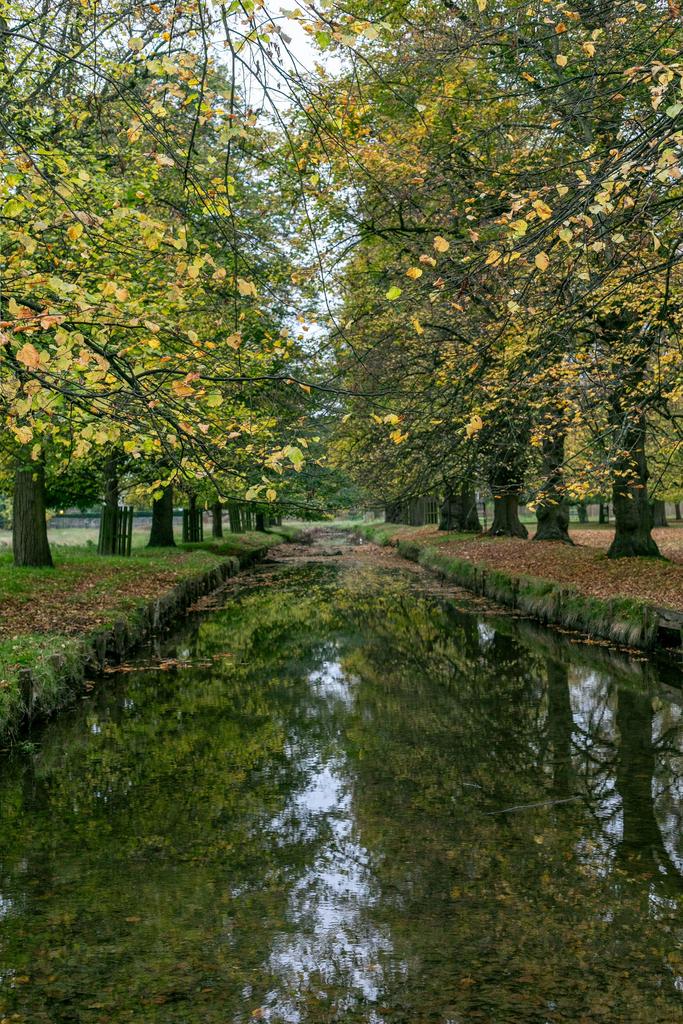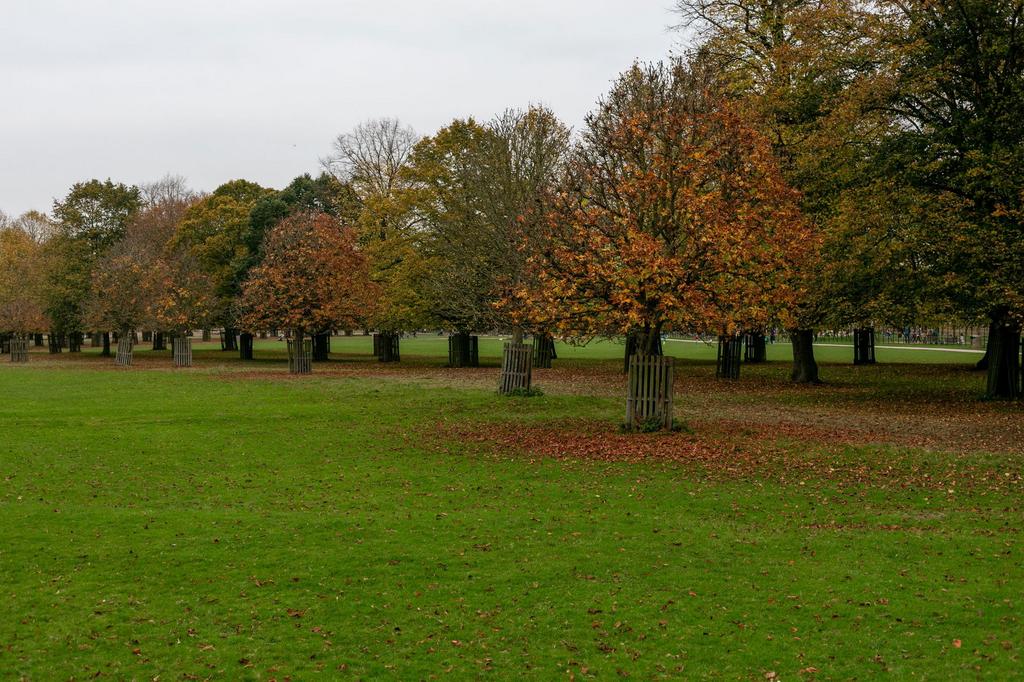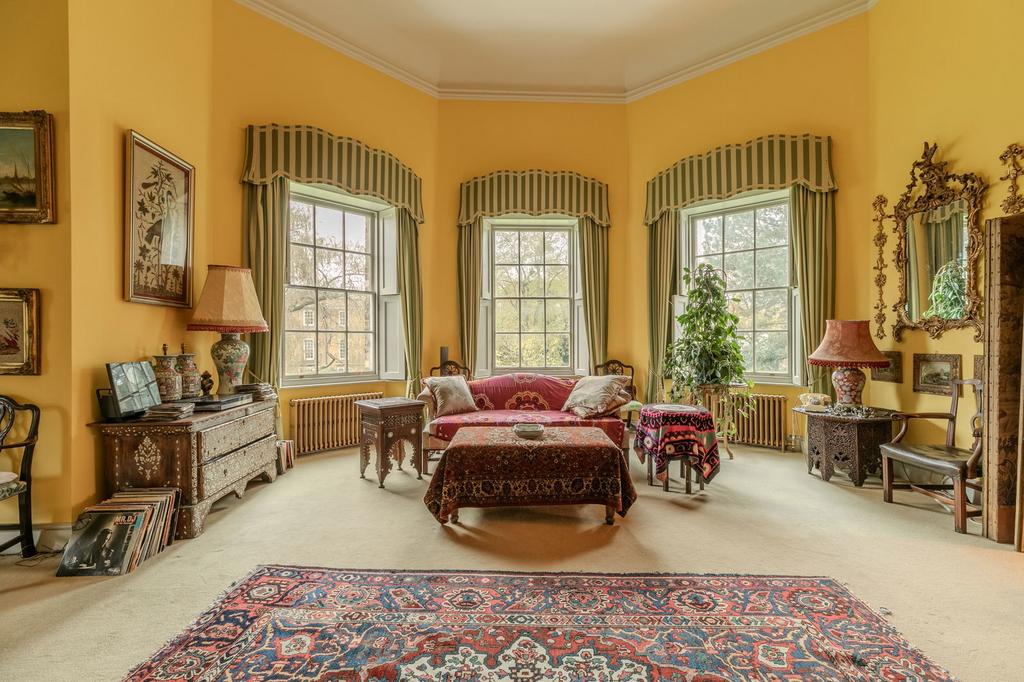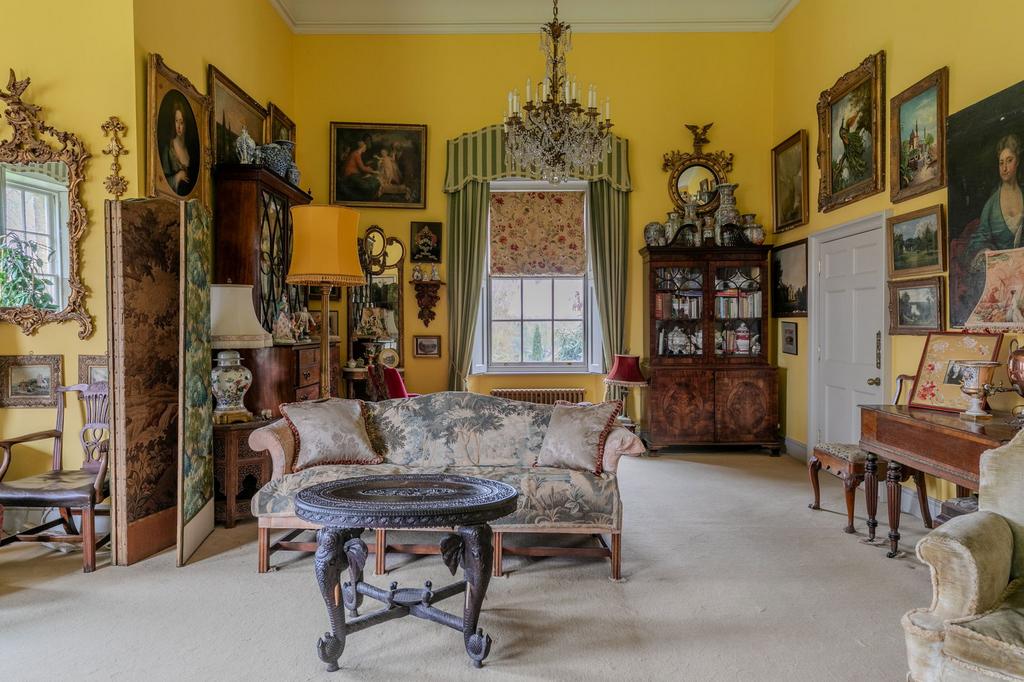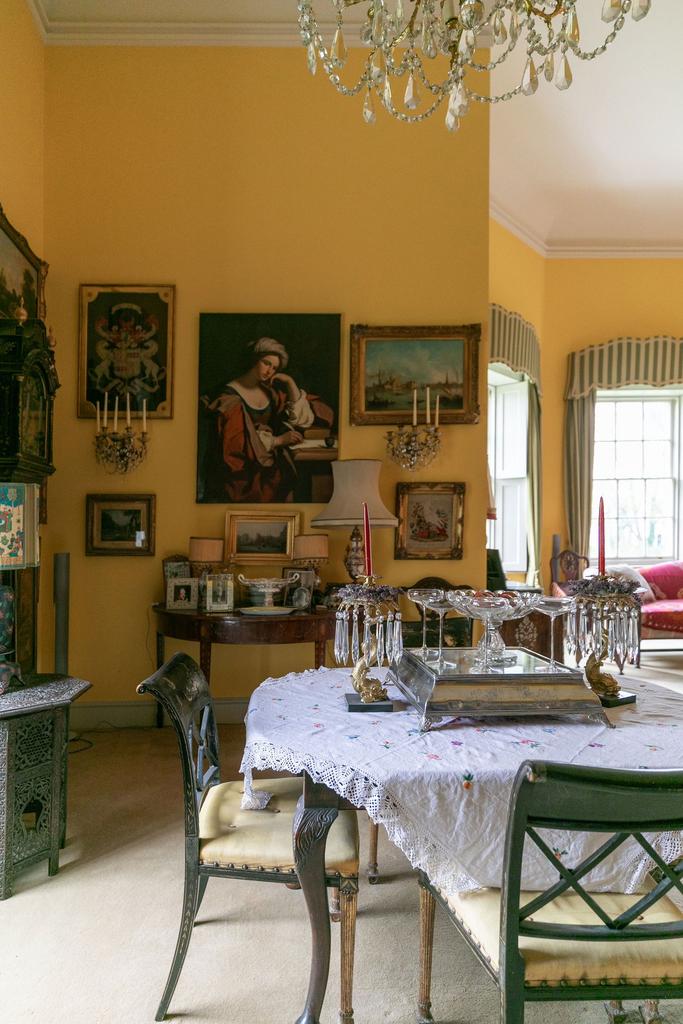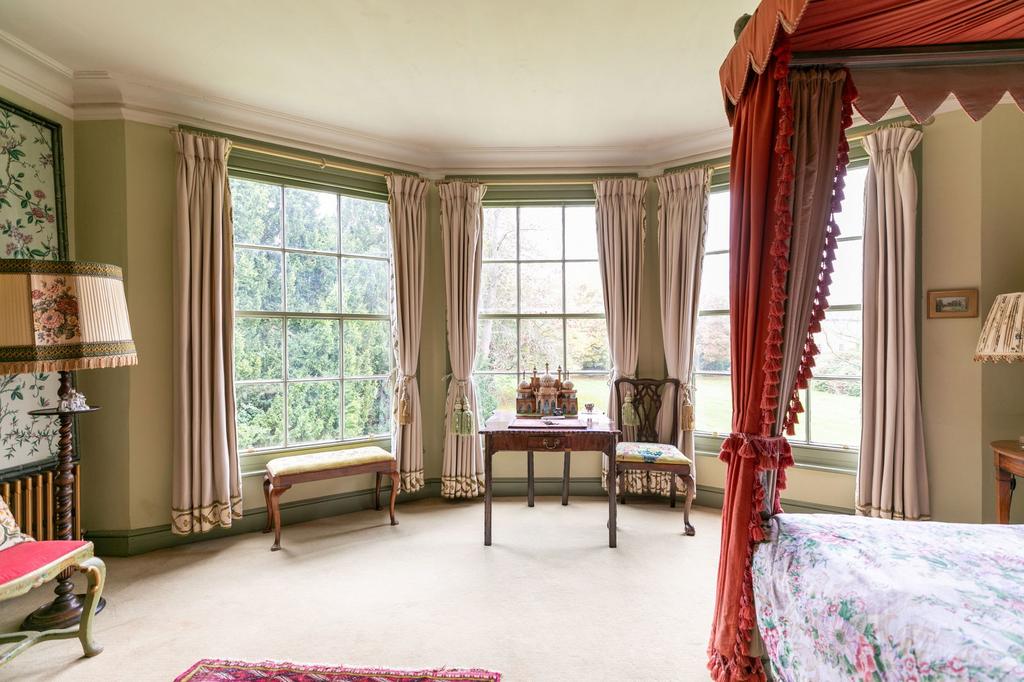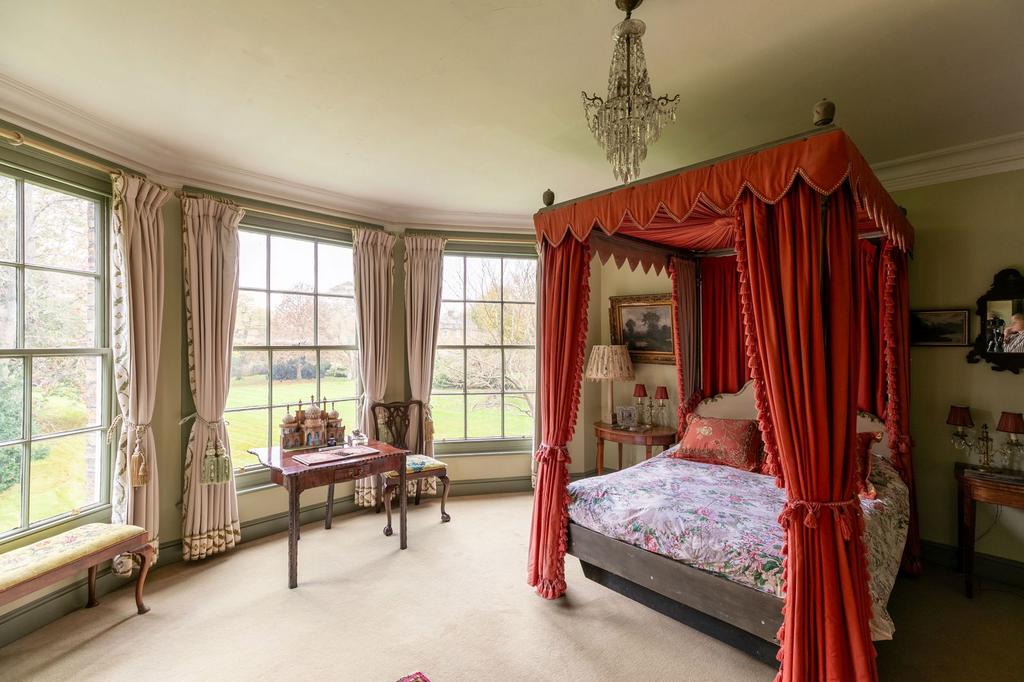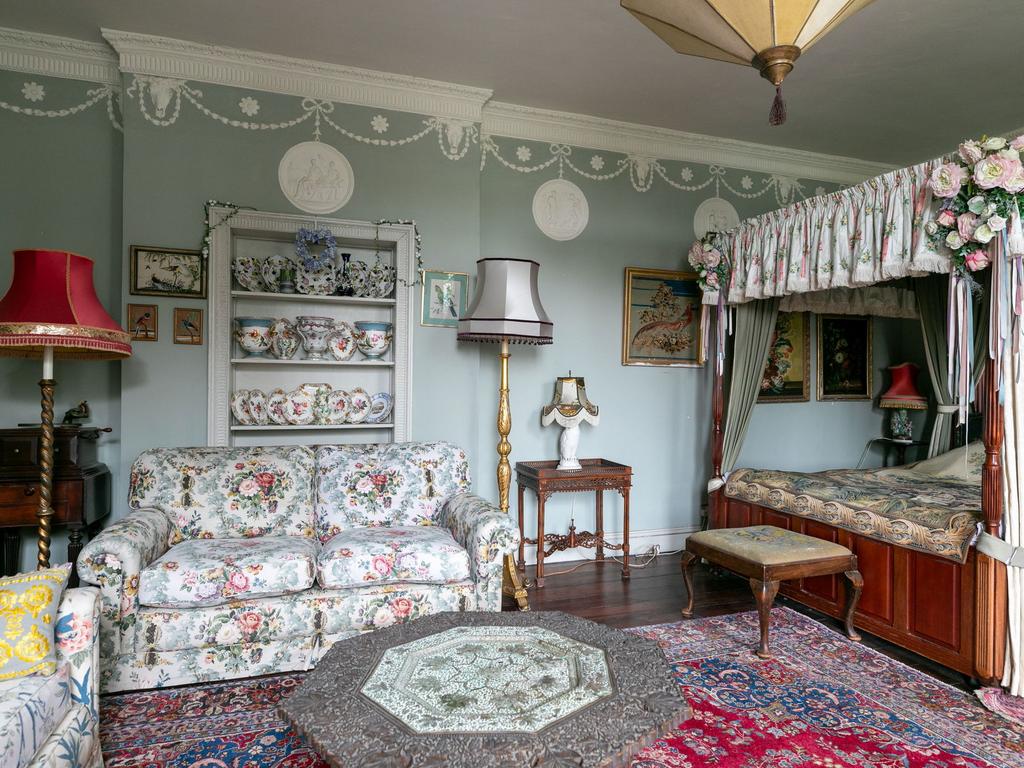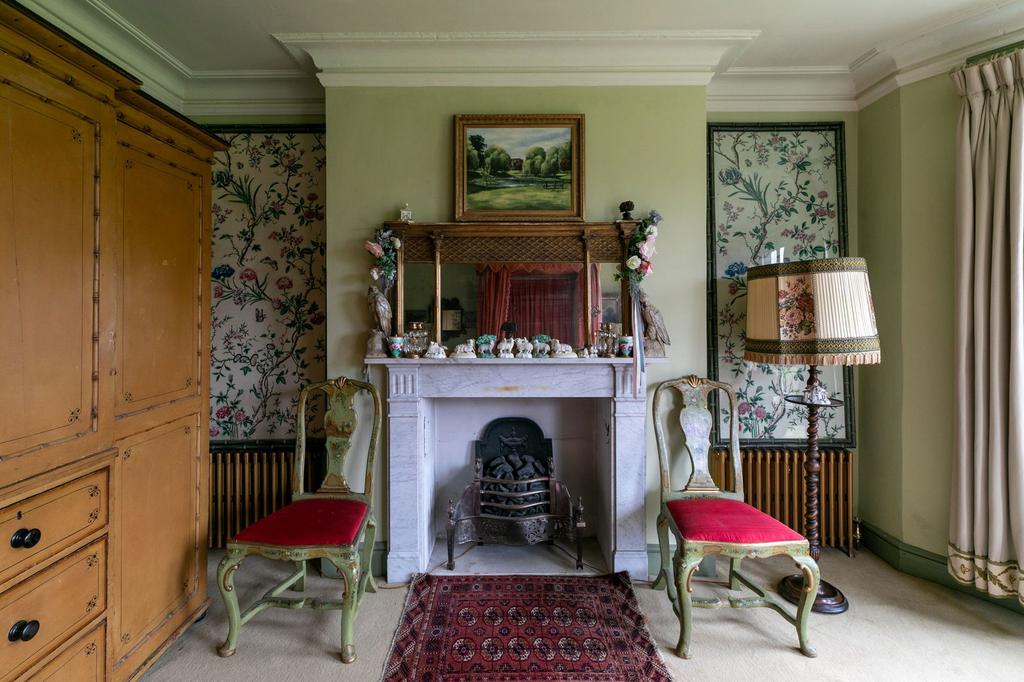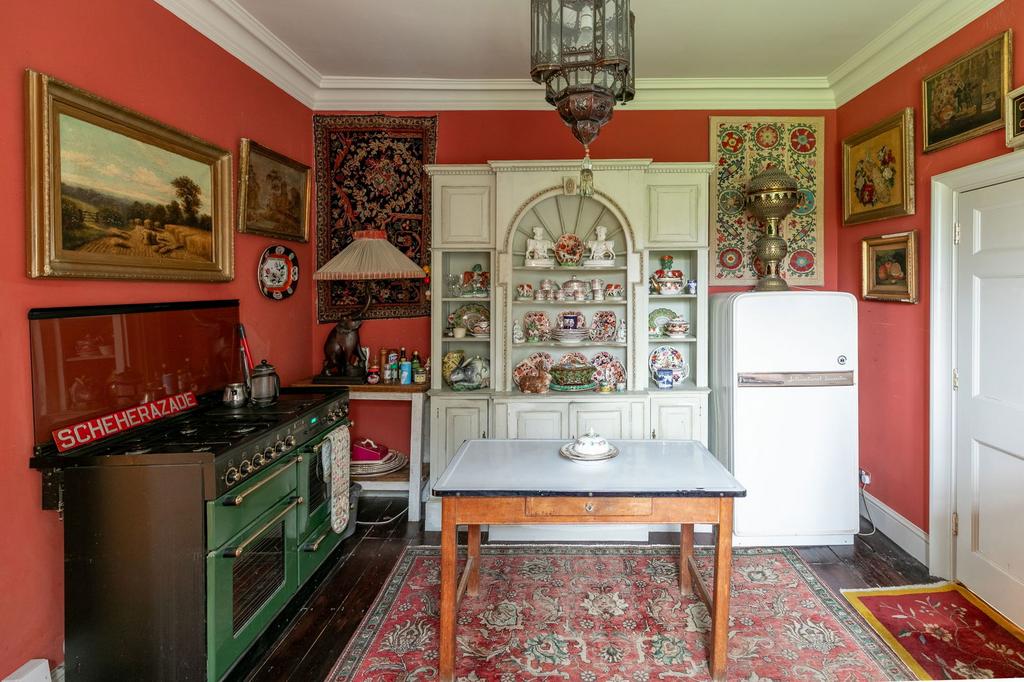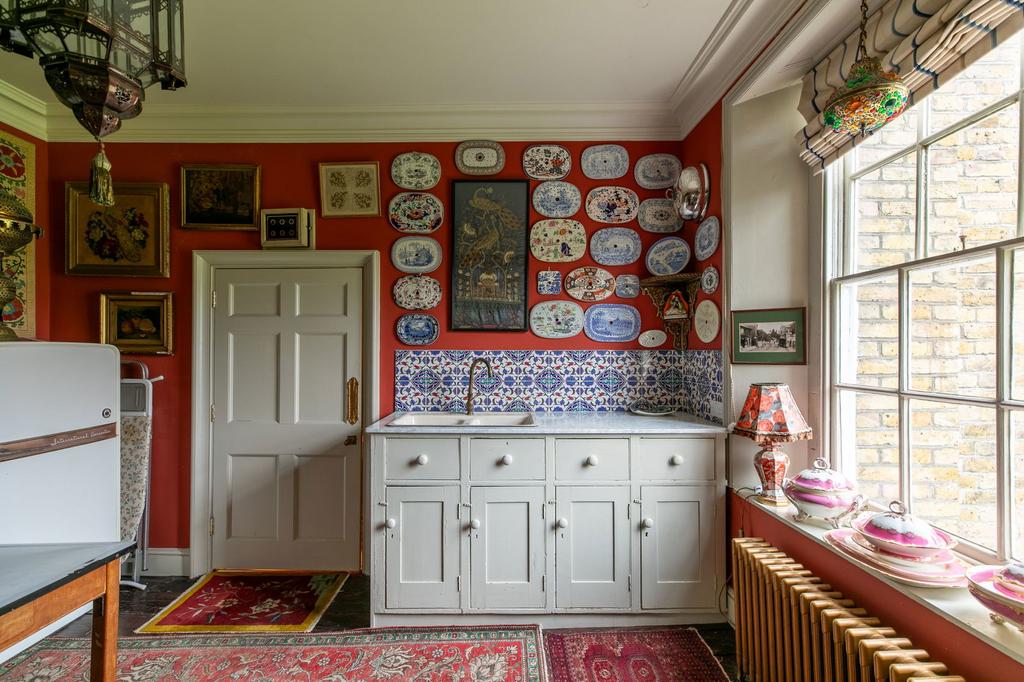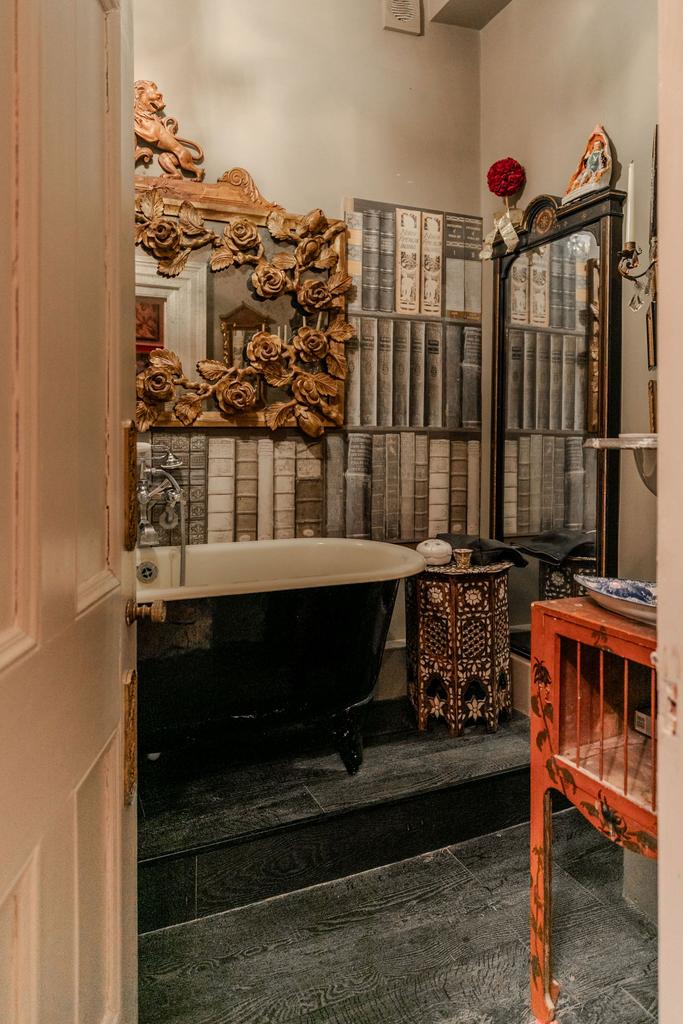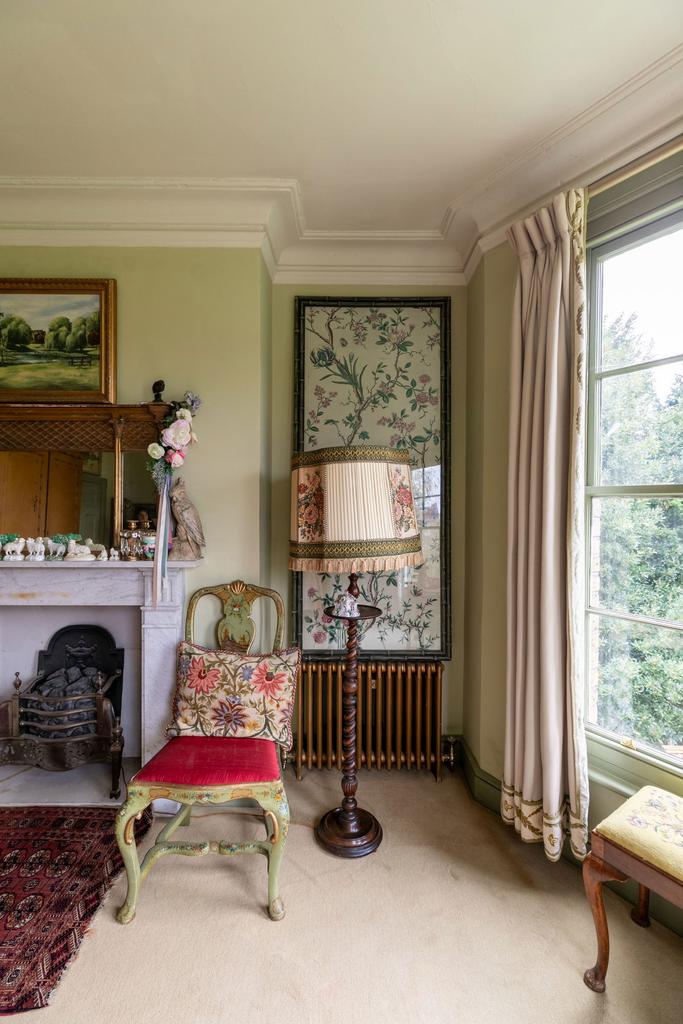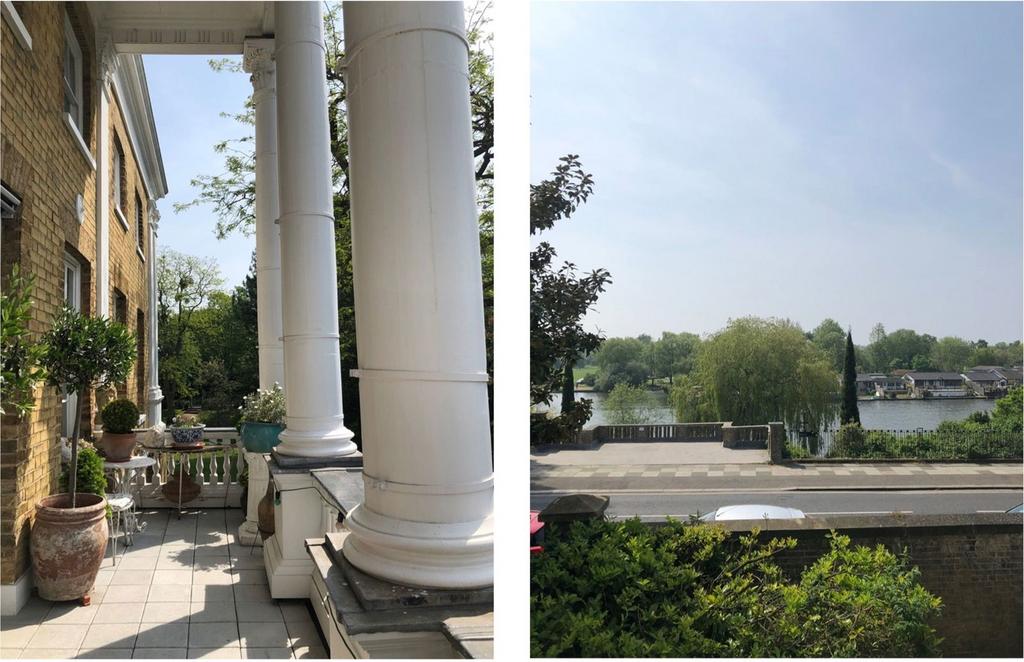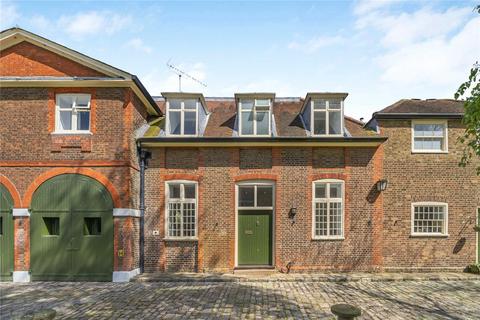2 bedroom flat for sale
Key information
Features and description
- Tenure: Leasehold (942 years remaining)
- David Garrick's country retreat
- Robert Adam Architecture
- Capability Brown private communal gardens grounds
- Principal apartment
- High ceilings and original features
- River walks
- Near to Bushy Park
Why We Love Garrick’s Villa
Entered through a communal hall the flat occupies a significant part of the first floor and boast some magnificent rooms including The Great Room which more than lives up to its name and measures some 38ft in length with soaring ceilings and fine period details.
The kitchen has the quirky feel of a parlour kitchen with a very pretty dresser at its heart. The principal bedroom is large enough for a four-poster bed.
The second reception or bedroom has some incredibly important and fine period detail including some Intaglio casts reputedly done by the very hand of Robert Adam in Italy and shipped specifically to be installed in the Villa.
From this room is a private terrace with views to the river situated under the original portico.
Outside
The extensive communal gardens are a delight and include a mulberry tree planted by Mr Garrick who it is understood took a cutting from the Mulberry tree in William Shakespeare’s garden in Stratford upon Avon. There is a single garage and off street parking.
Chapters Past
Garrick’s country retreat
The history of Garrick’s Villa is a fascinating one. In 1754 David Garrick became bought the property, making it his country retreat and a place of recreation where he and his wife frequently entertained their friends.
He embarked on extensive alterations inside the house and, employed Robert Adam to re-design the facade in the classical style then in vogue. The wing on the left, though similar in appearance, dates from 1865. In the house as it appears in prints of the late 1770s the upper portico – of four columns rising over an arched podium – was positioned centrally in the facade. The columns with their Corinthian capitals are all of wood and some of the widows are false, to achieve symmetry.
Capability Brown advised on the layout of the gardens. Even then the highway from Kingston to Staines separated the house from its riverside land. It was shortly to become a Turnpike. A tunnel enabled the Garricks to reach their riverside garden privately, without having to cross the road.
“Garrick is building a grateful temple to Shakespeare”. Horace Walpole
Of all the additions, the Temple, with its statue of Shakespeare was the crowning glory. Horace Walpole wrote in 1755 “Garrick is building a grateful temple to Shakespeare”. The architect is unknown but possibly Adam, Capability Brown and Roubiliac all gave advice. It resembles a structure in the grounds of Chiswick House, where the Garricks spent their honeymoon and brings to mind that Garrick’s wife, Eva, was a protégé of the Burlingtons who owned that estate.
A further addition to Garrick’s “arcadian” landscape was an orangery at the far end of the main garden. Adam also designed an Orangery in the main garden with Corinthian facade and classical entablature. This was later changed to Greek Doric after Mrs Garrick’s death and an upper floor was added in 1922. Extended on either side in the early 1970s to make four self-contained apartments, this later structure is visible from the road.
Garrick owned a good deal of farmland which is now part of Bushy Park and bought other houses in Hampton including Orme House in Church Street, the Six Bells (until recently the White Hart), Garrick’s Ait, three other small aits and, just before his death. The Cedars, now known as Garrick House, on the riverside.
After he died in 1779, Eva continued to live in the villa until her death at the age of 98 in 1822.
The 20th century
With the coming of the trams, the road was widened and the house bought by the London United Tramway Company in 1902, for demolition. Fortunately the General Manager, Clifton Robinson, took a fancy to it and decided to live there. To facilitate the widening of the road the farmland was exchanged with the crown for a strip of land formerly part of Bushy Park. The garden walls were set back some twenty feet and the underground passage extended.
Clifton Robinson had tramway tracks made into his entrance at the west end of the site so that he could travel from door to door to his office in Chiswick. He also treated his staff and their families to annual garden parties at the Villa and was photographed in the garden with a large hound reminiscent of the one in the Zoffany picture of Garrick and his wife on the Temple steps.
The first tram ran to Hampton Court in April 1903 and was replaced by the trolley bus in 1935.
Sir Clifton and Lady Robinson left Garrick’s Villa in 1910. At this point Sir Charles Wyndham wanted to see it become a Garrick Museum. The Hampton Urban District Council tried to raise the money to buy it but failed – at the sale, the bidding did not reach the reserve price of £9,600. It was commandeered by the army in World War I and subsequently Flora Hutchinson, who had acquired the house, let it on a repairing lease to Mr James Wooller who neglected to conduct any repairs.
In March 1922 Mrs Hutchinson divided the house into seven flats and in 1923 sold the Temple and most of the riverside lawn, along with the kitchen garden and stabling. During World War II the house again became regarded as a country retreat, though in a different sense. Hoping to avoid the blitz, Sir Desmond MacCarthy, Literary Editor of the Sunday Times, moved to Hampton from central London and lived in a large flat on the first floor.
Post-war conditions made it hard for a single owner to maintain the estate. Throughout the late 1940s, the 50s and the 60s Dr Laura McConnell, who was now the owner, sought planning permission, unsuccessfully, for houses to be built in the grounds. Finally, in 1966, a plan preserving the broad sweep of the lawn between the Villa and the Orangery was approved and, under the watchful eye of the Hampton Residents’ Association, the development went ahead.
Locality
Schooling in the area
There are several private schools near Hampton Court that offer a range of educational options. Here are a few notable ones:
St. Paul’s School: Situated in Barnes, this prestigious boys' school is known for its academic excellence and has a long tradition of education.
Kingston Grammar School: Located in Kingston upon Thames, this co-educational school is highly regarded and offers a strong academic curriculum along with a variety of extracurricular activities.
The Tiffin Girls' School: This is a selective girls' school in Kingston upon Thames known for its strong academic performance and competitive entry requirements.
Radnor House: This co-educational independent school in Twickenham provides a broad curriculum and a supportive environment for its students.
The Mall School: Located in Twickenham, this preparatory school for boys offers a range of subjects and a strong emphasis on personal development.
Duchess’s High School: Although not as well-known, it provides a nurturing environment for younger students and focuses on individual attention.
Hampton School: An independent day school for boys aged 11-18, renowned for academic and all-round excellence.
Lady Eleanor Holles School: Located in Hampton, this independent school for girls aged 11-18 prides itself on its strong academic performance and emphasis on encouragement and inspiration.
Travelling around
Garrick’s Villa boasts an ideal location with excellent transport links and stunning natural surroundings. A short walk from Hampton station, it offers direct rail services to London Waterloo in under 30 minutes, making it perfect for commuters. For those traveling by car, the A316 provides quick access to the M3 and wider motorway network. The area is also well-serviced with local bus routes.
Out and about
In addition to its transport convenience, the property is nestled close to both Bushy Park and the River Thames, offering beautiful green spaces and scenic walking paths right on your doorstep. Whether you enjoy a peaceful stroll through the park or riverside views, this location combines the best of both urban connectivity and natural beauty.
The beautiful gardens across the road by the river are notable for the exquisite prime sight of Garrick’s Temple.
About this agent

Similar properties
Discover similar properties nearby in a single step.
